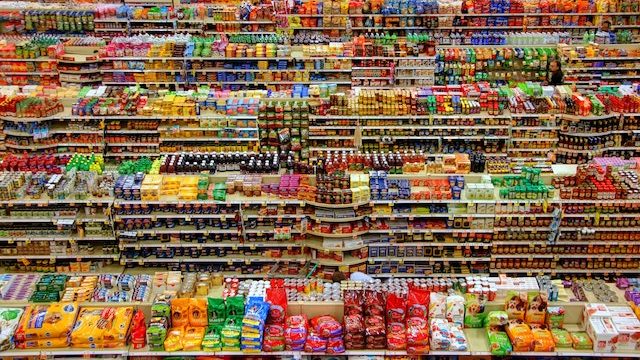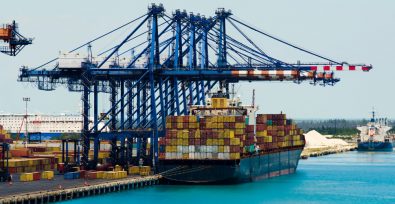Verité has published a new online set of resources for food and beverage companies to help them address the risk of human trafficking and labor exploitation in their supply chains.
Take Action: Urge Monster Energy to Investigate Slavery Risk
The civil society organization created the 14 free online tools in tandem with the U.S. Department of State’s Office to Monitor and Combat Trafficking in Persons, Made in a Free World, and the Aspen Institute. All resources are available at ResponsibleSourcingTool.org.
The website also provides essential advice for companies on implementation of the Federal Acquisition Regulation (FAR) “Ending Trafficking in Persons,” which requires U.S. federal contractors to take concrete steps to address and prevent human trafficking in their supply chains.
A press release from Verite explains:
Worker vulnerability to human trafficking is present throughout food and beverage supply chains.
The U.S. Department of State’s 2018 Trafficking in Persons Report noted trafficking risk in the agricultural sectors in over 90 countries, and migrant workers are highly prevalent in agricultural work, as well as associated food and beverage sectors such as food processing and food service.
Deceptive recruitment practices and indebtedness to labor recruiters or employers often increase worker vulnerability. Food and beverage supply chains typically are also highly complex and opaque, making it difficult to trace products to the worksites that engage in unscrupulous labor practices and recruit labor from more vulnerable populations.
Topics covered in the 14 tools include country-specific legislation on human trafficking, guidance on good recruitment, supply chain mapping, monitoring labor recruiters, and providing effective worker grievance mechanisms.
One notable distinction in the methodology of the toolkit is that child labor is not necessarily human trafficking.
Rather, as Verite explains, “Child labor can vary considerably from sector to sector, country to country, and household to household, and it is not human trafficking per se . . . however, child labor provides an indicator of risk for trafficking, given that the drivers for both may be similar, such as demand for cheap, exploitable, unskilled labor; poverty; unequal access to education; and exclusionary social attitudes based on caste, gender, immigration status, or ethnicity.”







Freedom United is interested in hearing from our community and welcomes relevant, informed comments, advice, and insights that advance the conversation around our campaigns and advocacy. We value inclusivity and respect within our community. To be approved, your comments should be civil.